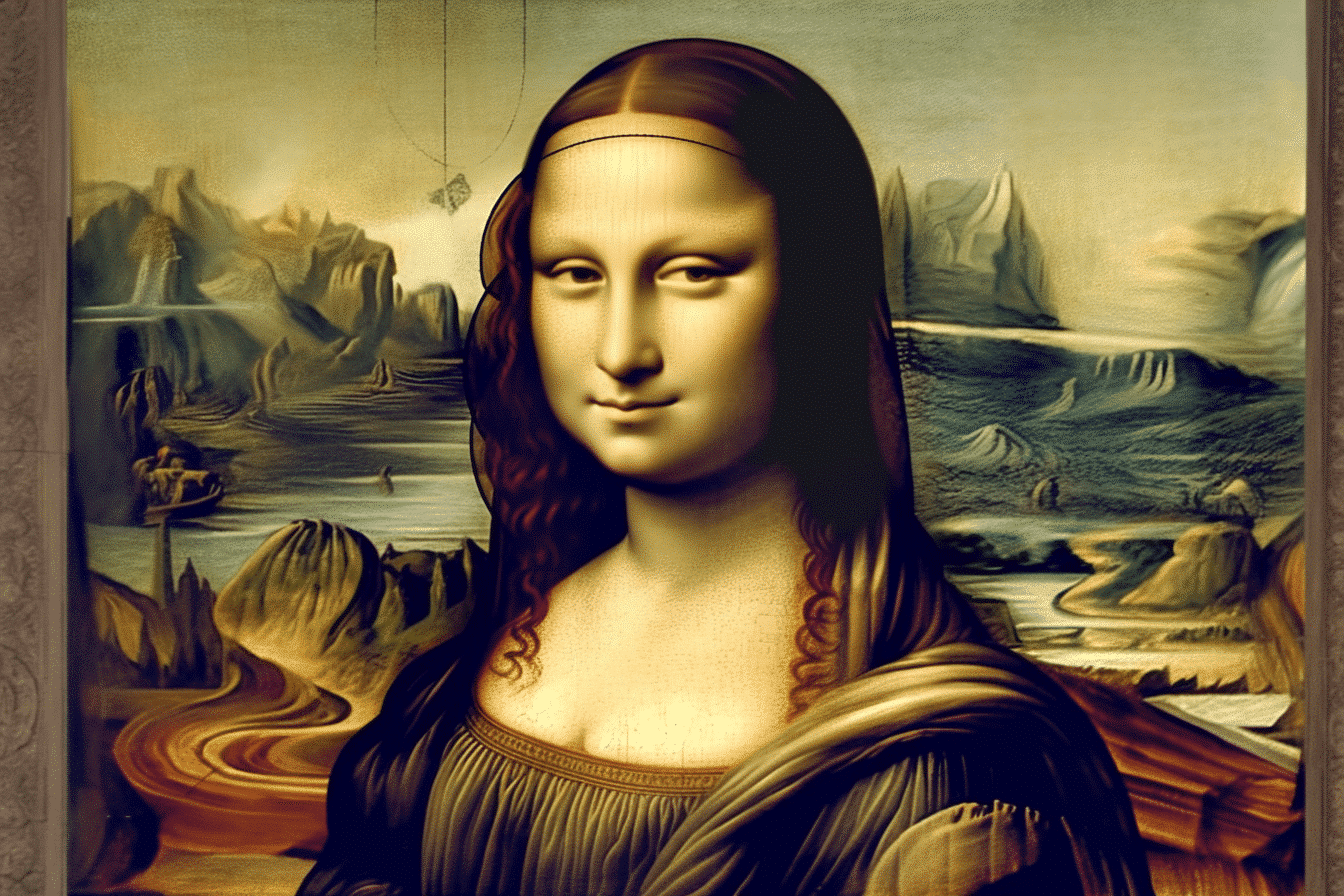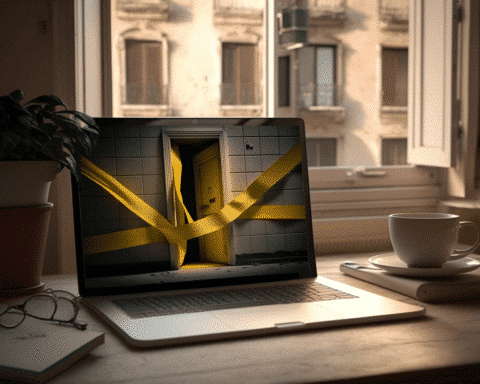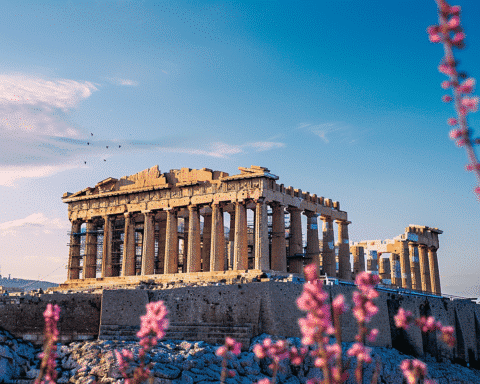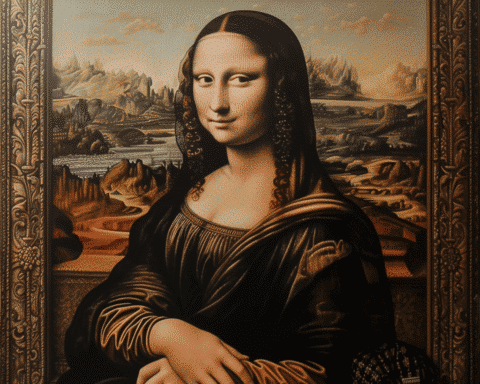Leonardo Da Vinci’s “Mona Lisa” is globally renowned for its captivating beauty and the lingering enigmas concerning the identity of the subject and the landscape depicted behind her.
For centuries, the village of Ponte Buriano in Arezzo, Tuscany, has been so sure that the bridge in the background of the painting is the Ponte Buriano that they’ve incorporated it into their local tourism campaign, even featuring it on the village’s welcome sign.
However, historian Silvano Vinceti now asserts that the actual bridge depicted in the “Mona Lisa” is the Romito Bridge, located in the nearby Tuscan town of Laterina.
“The distinctive shape of the Arno [River] along that stretch of territory matches what Leonardo illustrated in the landscape to the left of the woman in the famed painting,” Vinceti announced at a media conference held at the Foreign Press Association in Rome on Wednesday.
Vinceti created a virtual reconstruction of the bridge to demonstrate the similarities and cited documents from the state archives in Florence. The “Mona Lisa” was built in the early 16th century.
Vinceti discovered that between 1501 and 1503, Da Vinci resided near Laterina with Cardinal Cesare Borgia. The bridge was operational then and featured four arches, as depicted in the painting. In contrast, the Buriano bridge has six arches, and the Ponte Bobbio in Piacenza, which some belief is in the painting, has more than six arches.
The now-ruined Romito bridge connected Arezzo, Fiesole, and Florence. Vinceti examined drone images of the riverbanks, ruins, and photographs over the years to conclude that the “Etruscan-Roman Romito bridge is unmistakable,” the one in the painting’s background.
Laterina’s mayor, Simona Neri, who attended the press conference, is thrilled about the possibility of attracting tourists to her town of 3,500 residents.
“We sincerely hope that this incredible news will pique the interest and captivate local and international tourists, knowing that it presents a fantastic opportunity to revitalize our region’s tourism, which can be achieved through the appreciation of our natural, cultural, and monumental assets,” she said.
“We must strive to preserve the remaining portions of the bridge, which will necessitate funding,” Neri stated, mentioning the availability of funds for projects related to Da Vinci and other masters.
“We’ll have some competition; we’ll need to put up a poster, too,” she added.
Da Vinci’s 16th-century masterpiece is currently displayed at the Louvre in Paris, where it is admired by millions of visitors annually. However, experts attribute its worldwide fame to its theft from the gallery in 1911 by Italian worker Vincenzo Peruggia rather than its unique artistic qualities.
“If another one of Leonardo’s works had been stolen, then that would have become the most famous work in the world – not the ‘Mona Lisa,'” said Noah Charney, an art history professor and author of “The Thefts of the Mona Lisa,” in 2013, marking the painting’s recovery centennial.
“It had no distinguishing features other than being an exceptional work by a renowned artist – until it was stolen,” he added. “The theft propelled its popularity and made it a household name.”
Following this revelation, art historians, enthusiasts, and tourists alike are excited to explore the connection between the “Mona Lisa” and the Romito Bridge. This discovery may lead to a surge in tourism for the town of Laterina, as people worldwide flock to see the newly identified bridge with their own eyes.
In response to this newfound interest, local authorities in Laterina are considering ways to develop and preserve the area around the Romito Bridge and promoting educational programs and events to teach visitors about the history and significance of the bridge in relation to Da Vinci’s work.
Meanwhile, the village of Ponte Buriano is reevaluating its claims and considering alternative ways to promote local tourism. While the initial shock of the revelation may cause some disappointment, it also presents an opportunity for the village to rebrand itself and highlight other aspects of its rich history and culture.
As a result of this discovery, art historians and researchers are now re-examining other works by Da Vinci to uncover more information about his life, sources of inspiration, and the locations that may be featured in his paintings. This renewed interest in the master’s work may lead to further revelations about his life and his world, enriching our understanding of this influential artist.
Ultimately, this recent development demonstrates the enduring fascination with the “Mona Lisa” and its enigmatic background. The identification of the Romito Bridge serves as a reminder of the painting’s impact and ability to captivate audiences centuries after its creation. It also highlights the importance of continued research in art history, as there may be countless more secrets waiting to be discovered within the world’s most famous masterpieces.




